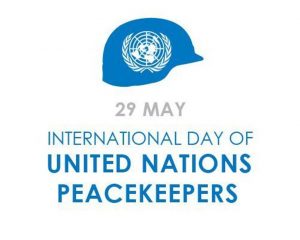The Locusts swarming in the Northern parts of India have so far reached Rajasthan, Punjab, Maharashtra, Madhya Pradesh.
Highlights
- According to the Food and Agriculture Organization, much of the movement of these locusts is mainly due to Westerlies.
- The Locust Warning Organization that monitors locusts swarms announced that there are no immediate danger to Delhi due to these swarms.
History
- There were eight locust attacks between 1812 and 1889 in India.
- Also, between 1926 and 1931 India faced Rs 2 crores (100 million USD today) of crop damages.
Desert Locust
- Desert Locusts are from the family of grasshoppers. They normally live and breed in desert regions.
- However, they feed on green vegetation.
- A single swarm of locusts consist of 40 to 80 million adults.
- They are capable of travelling upto 150 km in a day.
How badly is India affected?
- The Locusts are said to have come from Ethiopia and Somalia after crossing Saudi Arabia, Iran and Pakistan.
- As India has just finished harvesting its Rabi crops, the damages were not major.
- However, the Food and Agriculture Organization predicts that there are several severe successive waves of locust invasion that will come up in July and are expected to hit Rajasthan, Odisha and Bihar.
- This is mainly due to wind movements.
- Later the locusts are expected to return to Rajasthan along with South West Monsoon winds.
- As the locusts are invading in wind direction this year, they are considered to be the worst.
- Also, the wind direction is changing that makes it difficult to predict the path of the locusts.
Control of Locusts
- The Locusts are controlled with spray of pesticides such as organo-phosphate.
- This year chemicals such as deltamethrin, lambdacyhalothrin, chlorpyriphos, fipronil, malathion have been recommended.
























